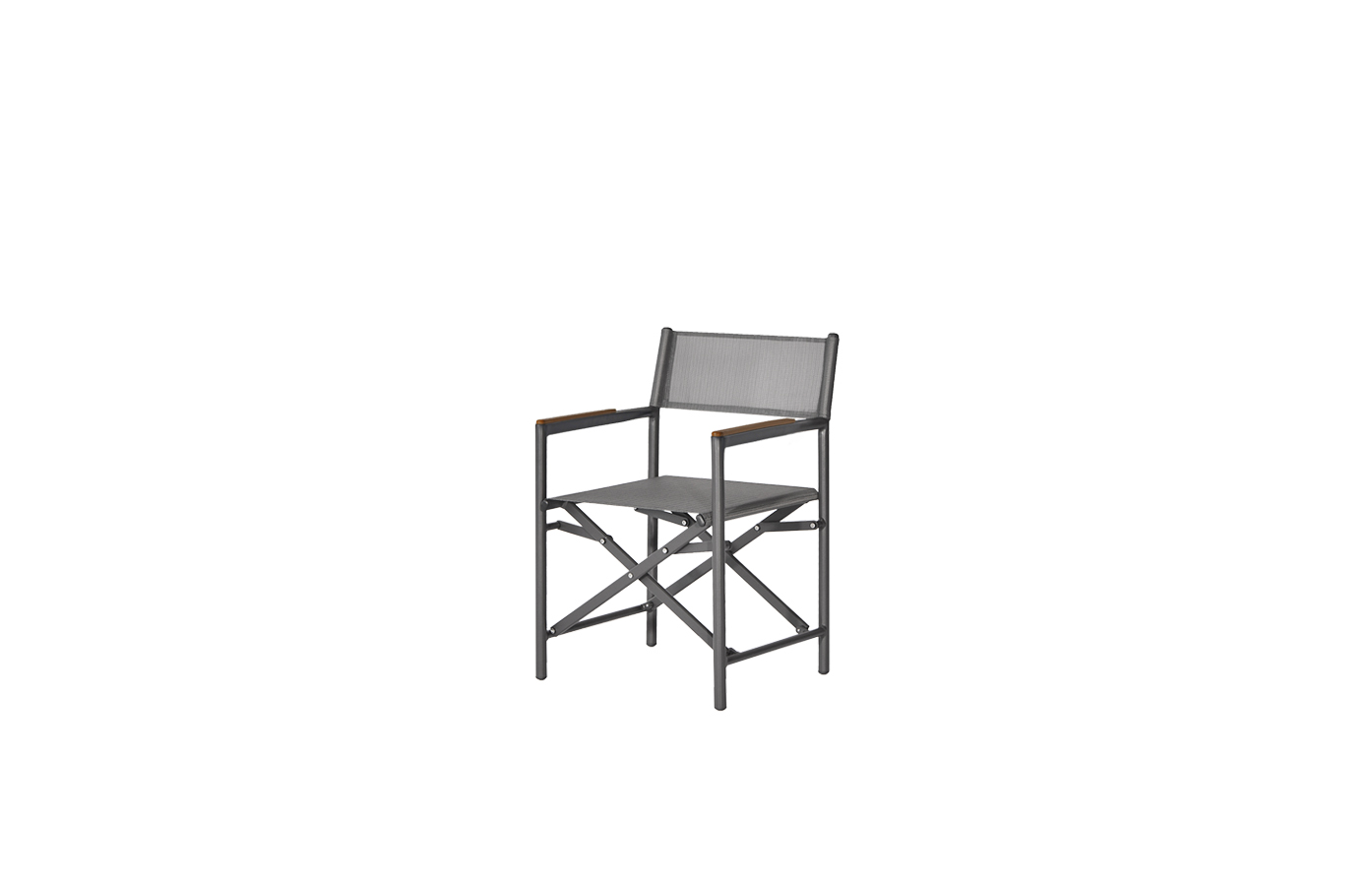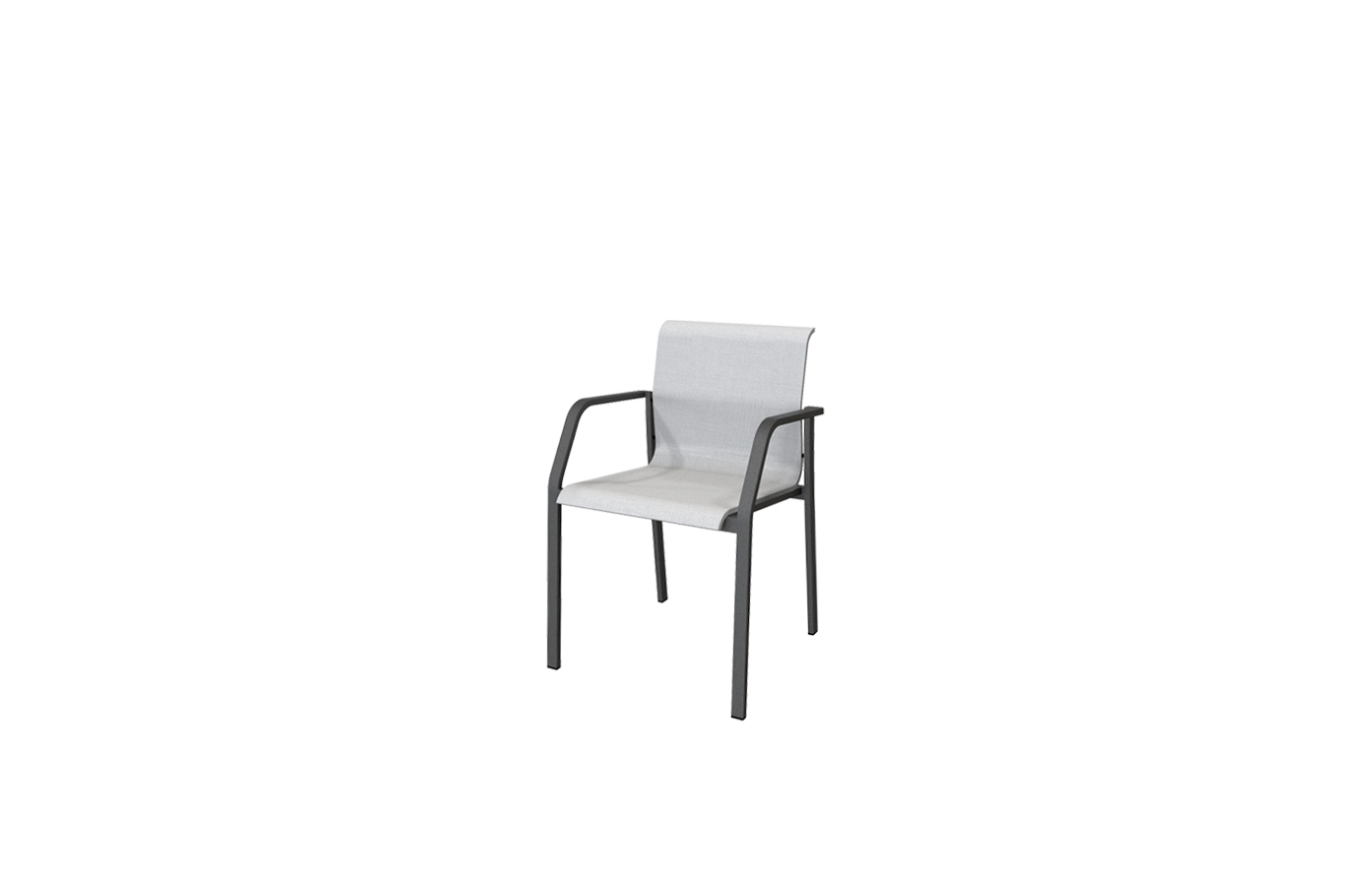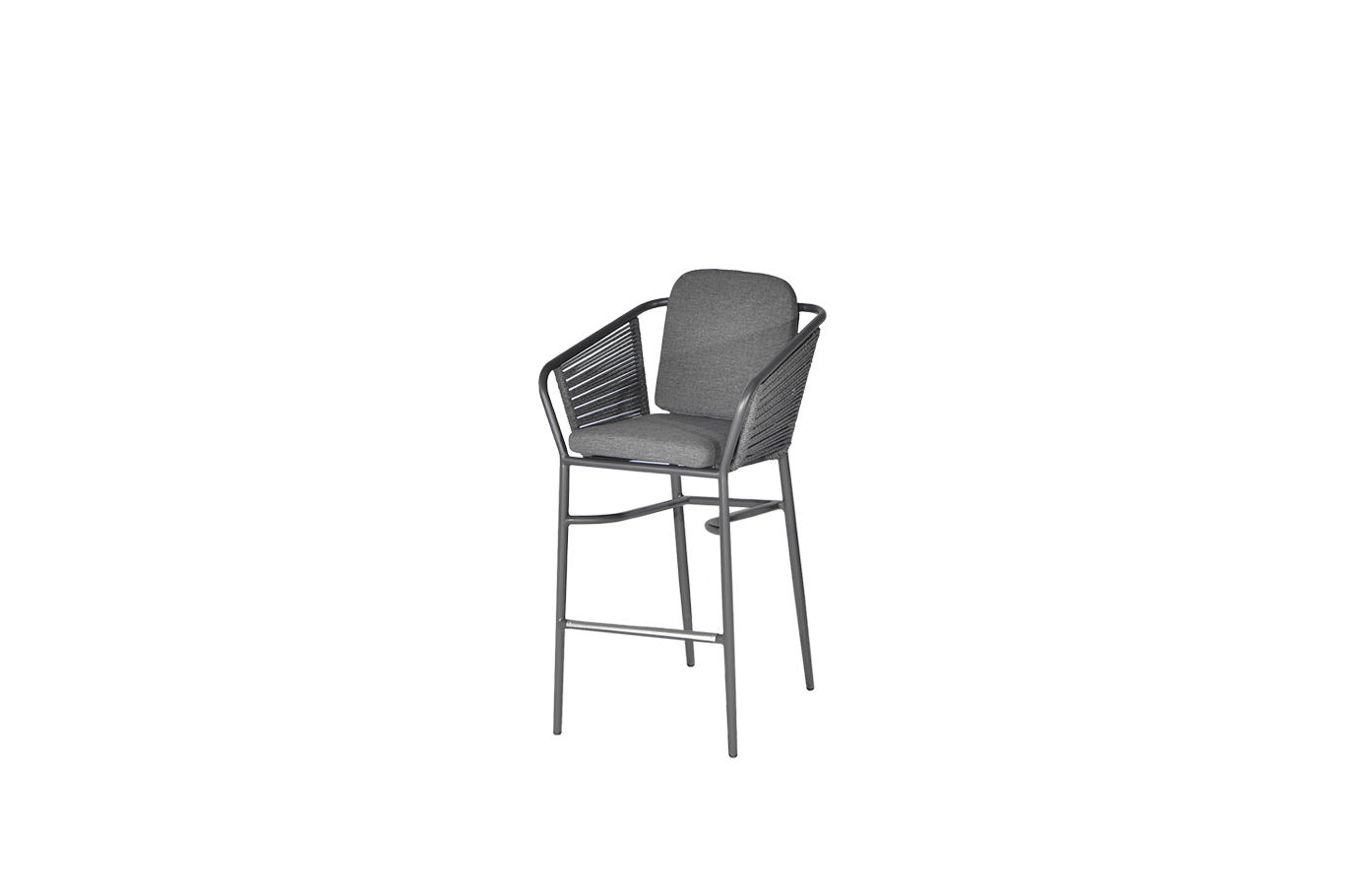Modern furniture has become a staple in many homes and offices, revolutionizing the way we perceive and interact with our living and working environments. Characterized by clean lines, functional forms, and a blend of materials, modern furniture reflects the aesthetic sensibilities of contemporary life. This article delves into the allure and versatility of modern furniture, examining its impact on design, functionality, and the overall ambiance of spaces.
The Evolution of Modern Furniture
The concept of modern furniture emerged in the early 20th century, coinciding with movements such as Bauhaus and Mid-Century Modernism. These movements sought to break away from the ornate styles of the past, focusing instead on simplicity, practicality, and mass production. Furniture designers like Charles and Ray Eames, Hans Wegner, and Eero Saarinen began to explore innovative materials such as plywood, fiberglass, and steel, giving rise to minimalist designs that prioritized both aesthetics and functionality.
Over the decades, modern furniture has continuously evolved, blending elements of art, technology, and social consciousness. Today, designers are increasingly focused on creating sustainable pieces that not only look good but also promote an eco-friendly lifestyle. This shift towards sustainability is evident in the choice of materials, manufacturing processes, and design principles that emphasize reusability and recycling.

Exploring the Allure and Versatility of Modern Furniture: Transforming Spaces with Contemporary Design Elements
Characteristics of Modern Furniture
1. **Simplicity and Functionality**: Modern furniture embraces the “form follows function” philosophy. Each piece is designed to serve a purpose, ensuring that it is not only aesthetically pleasing but also practical. This approach leads to streamlined silhouettes and clutter-free designs that resonate with contemporary minimalism.
2. **Innovative Use of Materials**: Modern furniture often features a mix of materials, including wood, metal, glass, and textiles. The interplay of these materials enhances the visual interest of a piece while maintaining durability. Designers frequently experiment with new technologies and manufacturing techniques, resulting in furniture that is both modern and resilient.
3. **Adaptability**: One of the hallmarks of modern furniture is its versatility. Whether in a compact urban apartment or a sprawling suburban home, modern furniture can adapt to various spaces and styles. Modular furniture systems, for instance, allow for customizable arrangements that cater to the needs of the user, making it ideal for dynamic living environments.
Impact on Interior Design
Modern furniture has significantly influenced interior design trends, encouraging homeowners and designers alike to embrace open spaces and natural light. The minimalist nature of modern furniture promotes a sense of calm and order, making it easier to create functional and inviting environments.
1. **Creating Open Spaces**: The emphasis on minimalism and functionality allows modern furniture to facilitate open floor plans, which have become increasingly popular. By eliminating bulky furniture and opting for sleek, low-profile designs, homeowners can create airy, spacious interiors that feel both welcoming and modern.

Exploring the Allure and Versatility of Modern Furniture: Transforming Spaces with Contemporary Design Elements

Exploring the Allure and Versatility of Modern Furniture: Transforming Spaces with Contemporary Design Elements
2. **Fostering a Sense of Harmony**: The cohesive look of modern furniture cultivates a serene atmosphere. The neutral color palettes and geometric shapes often seen in modern designs can create a harmonious and balanced space. By carefully selecting furniture pieces that complement each other, homeowners can achieve a visually appealing environment that exudes tranquility.
3. **Personalization and Expression**: While modern furniture emphasizes simplicity, it also provides ample opportunities for personal expression. By mixing different styles, colors, and textures, individuals can create unique spaces that reflect their personality and taste. Modern furniture serves as a canvas for personal creativity, enabling homeowners to curate their own distinct environments.
Conclusion
Modern furniture is not merely a trend; it is a design philosophy that encapsulates the essence of contemporary living. With its focus on simplicity, functionality, and innovation, modern furniture has the power to transform spaces, enhance lifestyles, and inspire creativity. As we continue to navigate the evolving landscape of design, the allure of modern furniture remains a constant, inviting us to explore new dimensions of form, function, and aesthetics in our everyday lives. Outdoor Balcony Furniture
